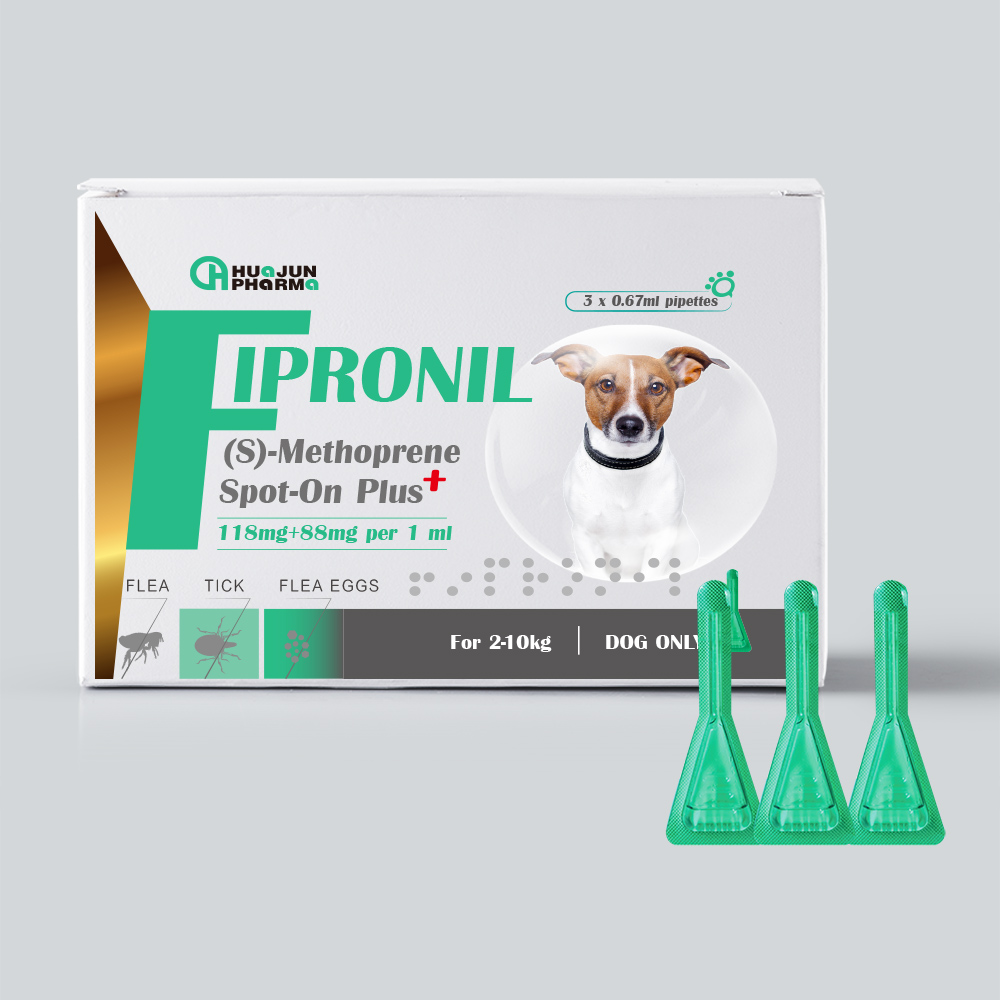
Dec . 11, 2024 10:12 Back to list
Manufacturers of Third Generation Cephalosporins and Their Impact on Healthcare
Overview of 3rd Generation Cephalosporins and Their Manufacturers
Cephalosporins are a class of broad-spectrum antibiotics that have been instrumental in the treatment of various bacterial infections. Among them, the third generation cephalosporins represent a significant advancement in the efficacy and spectrum of activity against gram-negative bacteria. Introduced in the late 20th century, these antibiotics are generally more resistant to beta-lactamase enzymes, which makes them particularly effective against a wide array of pathogens, including those that cause serious infections like pneumonia, meningitis, and sepsis.
Types of 3rd Generation Cephalosporins
The third generation cephalosporins include several key drugs, each with specific indications and characteristics. Notable examples include
1. Ceftriaxone Known for its long half-life, ceftriaxone is often used for treating severe infections and is effective against Streptococcus pneumoniae, Neisseria meningitidis, and various enteric gram-negative bacilli. 2. Ceftazidime This antibiotic is particularly famous for its activity against Pseudomonas aeruginosa, making it essential in treating infections caused by this difficult-to-treat pathogen. 3. Cefotaxime Cefotaxime is often used in pediatric medicine and is known for its ability to penetrate the central nervous system, making it a common choice for treating bacterial meningitis. 4. Cefixime An oral cephalosporin, cefixime is used to treat uncomplicated urinary tract infections and some respiratory tract infections.
Although the development of third generation cephalosporins has provided a powerful arsenal against resistant bacterial strains, the increasing prevalence of antibiotic resistance has necessitated ongoing efforts to improve existing drugs and create new ones.
Leading Manufacturers of Third Generation Cephalosporins
The production of third generation cephalosporins is undertaken by several prominent pharmaceutical companies worldwide
. These manufacturers strive to maintain high standards of quality and efficacy throughout the production process.1. Roche A global leader in pharmaceuticals and diagnostics, Roche developed ceftriaxone, one of the most widely used third generation cephalosporins. Their extensive research and development capabilities ensure that their products remain at the forefront of antibiotic therapy.
3rd gen cephalosporins manufacturer

2. GlaxoSmithKline (GSK) GSK has contributed significantly to the market, particularly with drugs like cefixime. The company invests heavily in antibiotic research, focusing on combating bacterial resistance.
3. Merck & Co. Merck has a rich history in antibiotic development, producing cephalosporins and other classes of antibiotics. Their commitment to innovation and quality has made their products globally recognized.
4. Pfizer Known for its wide range of pharmaceutical products, Pfizer also manufactures third generation cephalosporins. Their products are thoroughly tested and available in various formulations to meet patient needs.
5. AstraZeneca AstraZeneca is involved in the development of various antibiotics, including third generation cephalosporins. The company focuses on complex diseases, and their research has led to the development of drugs targeting resistant strains.
6. Sandoz As a division of Novartis, Sandoz specializes in generic pharmaceuticals. They offer various generics of third generation cephalosporins, making them accessible to a broader population.
Challenges and Future Directions
Despite their advantages, the use of third generation cephalosporins is not without challenges. The emergence of multi-drug resistant strains of bacteria has led to concerns about the long-term efficacy of these antibiotics. Manufacturers are now focusing on the development of new cephalosporins with improved characteristics, as well as combination therapies that enhance antibiotic action and reduce resistance.
In conclusion, third generation cephalosporins play a crucial role in modern medicine, providing effective treatment options for serious infections. Leading manufacturers continue to innovate and respond to the challenges posed by antibiotic resistance. As researchers work tirelessly to develop the next generation of antibiotics, the legacy of cephalosporins remains vital in the ongoing battle against bacterial infections. Their success depends on a collaborative effort between pharmaceutical companies, healthcare professionals, and regulatory bodies to ensure that these life-saving drugs remain effective in the years to come.
-
Immunovital Fish Feed Factory | AI-Optimized Nutrition
NewsAug.03,2025
-
Quality Bacillus Coagulans BC30 Factory - Expert Production
NewsAug.02,2025
-
China Salivation AI with GPT-4 Turbo Features
NewsAug.01,2025
-
Epic Sepsis Factories: AI-Driven Detection with GPT-4 Turbo
NewsJul.31,2025
-
Acute Salpingitis and Oophoritis AI Factory
NewsJul.31,2025
-
Premium China Bacillus Subtilis Supplier & Factory Solutions
NewsJul.30,2025




